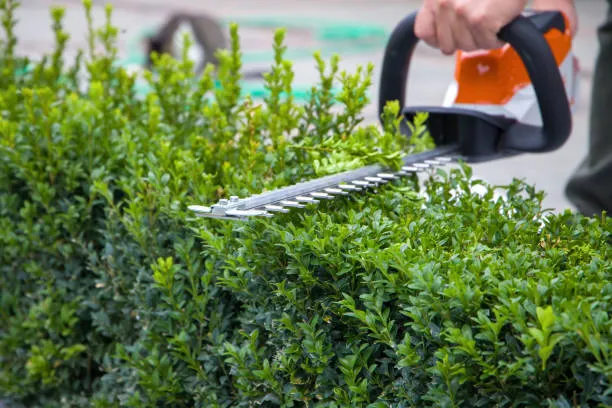
Navigating Climate Challenges: Adaptive Landscaping Strategies for Resilient Gardens Nov 23, 2025
Adaptive landscaping is the key to creating gardens that not only survive but thrive despite harsh environmental changes. It involves selecting materials and plants that can withstand extreme weather conditions, adopting sustainable practices, and implementing design strategies that allow for better water management and soil health.
Start by choosing drought-resistant plants. These hardy varieties, such as lavender, succulents, and ornamental grasses, require less water and are easier to maintain. By integrating native plants into your garden design, you're also supporting local biodiversity, as they are naturally adapted to the region's climate and soil conditions. This approach not only fosters a more resilient garden but also reduces the need for excessive watering and maintenance.
The importance of efficient water management cannot be overstated. Implementing a rainwater harvesting system can significantly reduce your garden's dependency on municipal water supply. Using rain barrels to collect and store rainwater for dry spells helps conserve a precious resource while ensuring your garden remains lush. Furthermore, consider installing a drip irrigation system, which targets plant roots directly and minimizes water waste.
Soil health is another critical component of a resilient garden. Healthy soil not only supports plant growth but also plays a vital role in water retention and carbon sequestration. Enrich your soil with organic matter such as compost or well-decomposed mulch. The benefits are twofold: better soil structure and enhanced resilience against pests and diseases. Mulch additionally acts as a protective barrier, reducing evaporation and maintaining consistent moisture levels.
Incorporating hardscaping elements such as stone pathways, raised beds, and terrace gardens can also boost your garden's resilience. Materials like gravel or permeable pavers allow for better water infiltration and less runoff, while features such as retaining walls can prevent erosion on sloped landscapes. These structural elements offer both functional and visual appeal, contributing to the overall sustainability of your outdoor space.
Creating zones within your garden can further enhance its adaptability. Think about your garden in terms of microclimates, each with different sun, wind, and water conditions. By designing specific zones tailored for different plant types and hardscaping materials, you maximize your garden's ability to handle varying climate impacts. For instance, placing shade-loving plants in naturally cooler areas or optimizing sun exposure for heat-tolerant species can lead to more robust plant growth.
Finally, regular maintenance is key to ensuring your garden remains resilient. Routine tasks such as aerating soil, pruning plants, and checking irrigation systems help prevent minor issues from becoming major problems. Keeping a keen eye on weather forecasts allows you to take preemptive actions against extreme conditions.
Incorporating these adaptive landscaping strategies will undoubtedly help you navigate the challenges presented by climate change. With Mulch & Dig as your partner, you can transform your garden into a beautiful, sustainable oasis that flourishes despite any environmental hurdles. By fostering resilience through thoughtful design and environmentally conscious practices, we can all play a part in creating landscapes that not only endure but also enhance our communities for generations to come.
/filters:no_upscale()/filters:format(webp)/media/04b103c8-1928-4603-af4f-cd9adb632f94.webp)
/filters:no_upscale()/filters:format(webp)/media/31f8ab00-9501-4f07-a64c-b005a3bba0f1.jpeg)